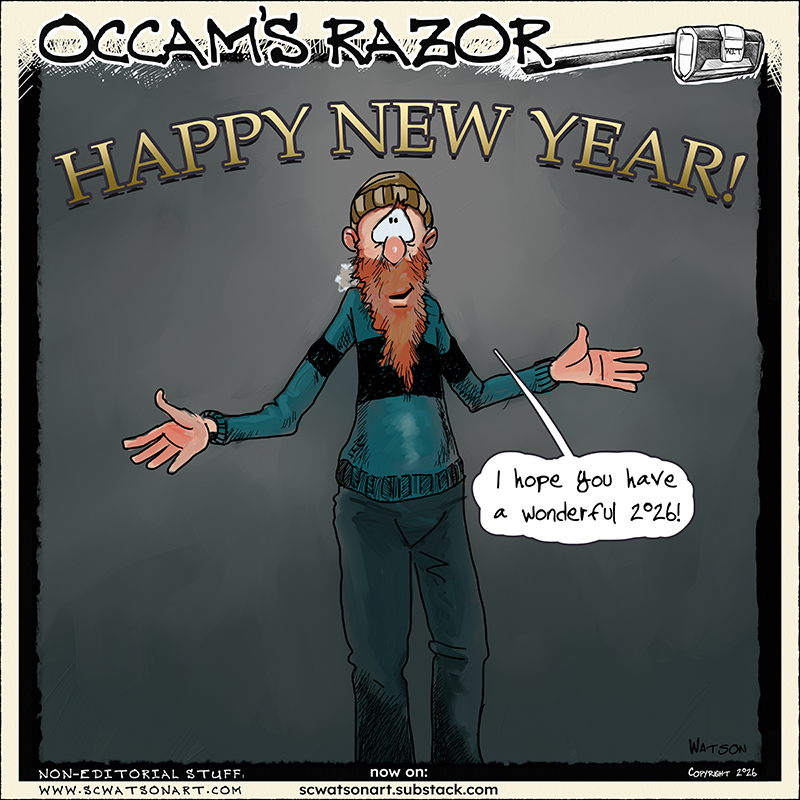||| FROM DICTIONARY.COM |||
The words left and right are closely associated with differing “wings” of the political spectrum.
But how did liberal politics become associated with the word left, anyways? And why are conservatives labelled as right?
When we discuss the origins of words, we often warn against origin stories that sound too good to be true. Well, in this case, the history of the terms left and right in the context of politics turns out to be a fascinating exception.
In this article, we’ll discuss the modern meanings of each term and then delve into the quite literal origins of how words for opposite directions came to be associated with opposing political views. We’ll cross the aisle to cover it all—right, left, and center.
What does left mean?
In politics, the word left is applied to people and groups that have liberal views. That generally means they support progressive reforms, especially those seeking greater social and economic equality.
The term far left is often used to refer to those who are considered to have more extreme, revolutionary views, such as those who espouse communism and socialism. Collectively, people and groups, as well as the positions they hold, are referred to as the Left or the left wing.
What does right mean?
The word right, in contrast, refers to people or groups that have conservative views. That generally means they are disposed to preserving existing conditions and institutions. Or, they want to restore traditional ones and limit change.
The term far right is often used for more extreme, nationalistic viewpoints, including fascism and some oppressive ideologies. People and groups, as well as their positions, are collectively referred to as the Right or the right wing.
The origin of the political left and right do actually have to with the physical directions, left and right. Time for a history lesson.
Left and right originally referred to seating positions in the 1789 French National Assembly, the parliament France formed after the French Revolution.
Relative to the viewpoint of the speaker (chair) of this assembly, to the right were seated nobility and more high-ranking religious leaders. To the left were seated commoners and less powerful clergy. The right-hand side (called le côté droit in French) became associated with more reactionary views (more pro-aristocracy) and the left-hand side (le côté gauche) with more radical views (more pro-middle class).
Left and right, as political adjectives, are recorded in English in the 1790s.
What does it mean to be in the center?
Seating positions closer to the center of the 1789 French National Assembly likewise became associated with moderate positions, which is what the word center now conveys in the context of politics.
In other word, people who consider themselves in the center favor moderate positions—those not too far toward either end of the spectrum. People holding these views are often called moderates. Political independents often fall at the center of the political spectrum. Center-left refers to people, groups, or views that are just to the left of the political center in a country. Center-right refers to being a little bit to the right of center. Of course, these labels and their interpretations are subjective and vary from person to person and place to place.
In the US, people often use left as a shorthand for the Democratic Party and right as a shorthand for the Republican Party. But keep in mind that politics is always far more complicated than the labels we give to it—and each other.
Do you know why Democrats and Republicans are donkeys and elephants? After you read this, you will!
**If you are reading theOrcasonian for free, thank your fellow islanders. If you would like to support theOrcasonian CLICK HERE to set your modestly-priced, voluntary subscription. Otherwise, no worries; we’re happy to share with you.**








